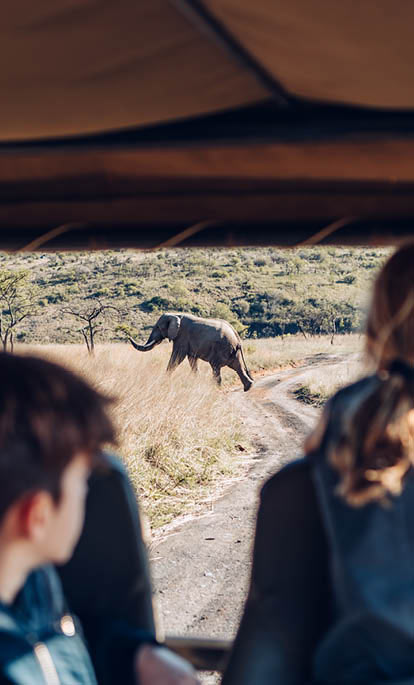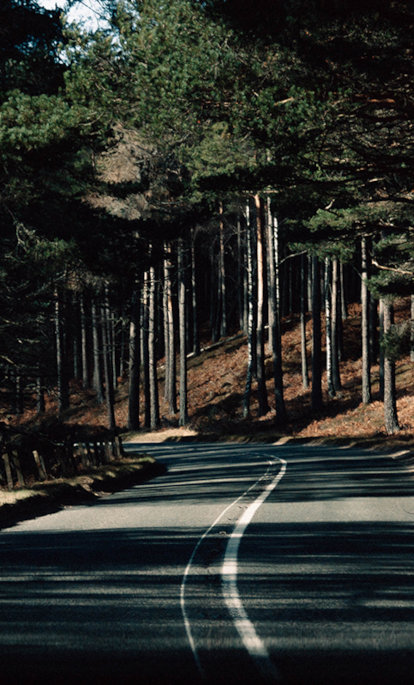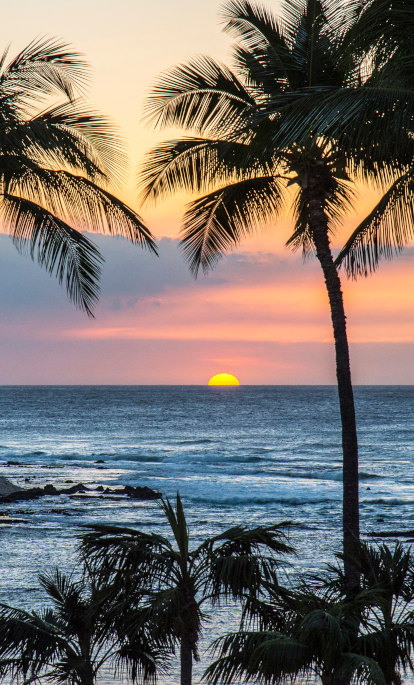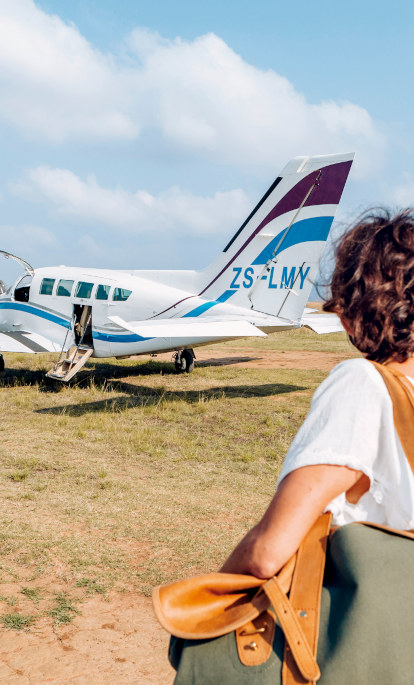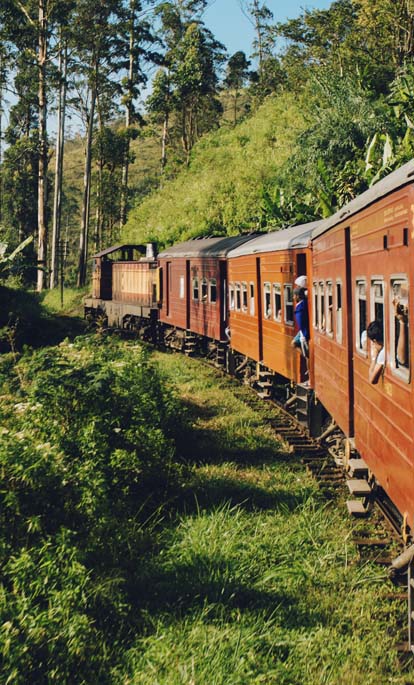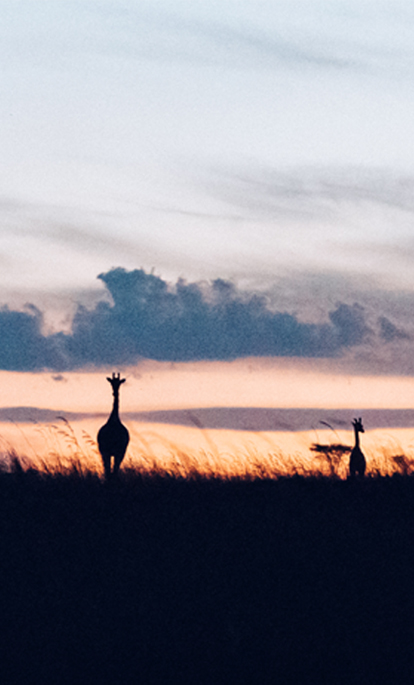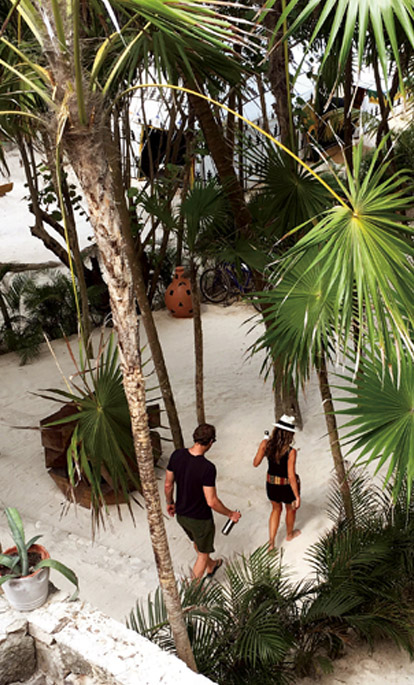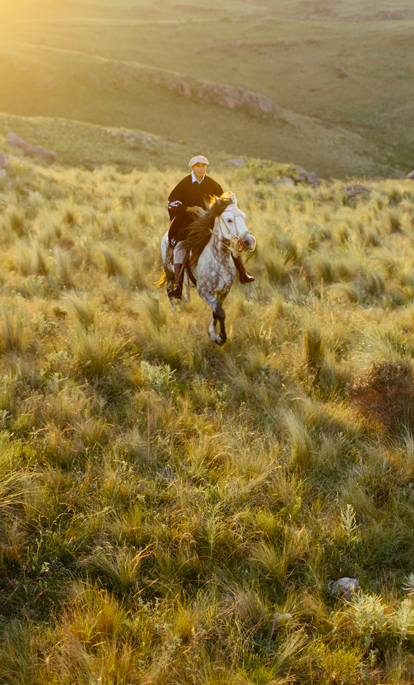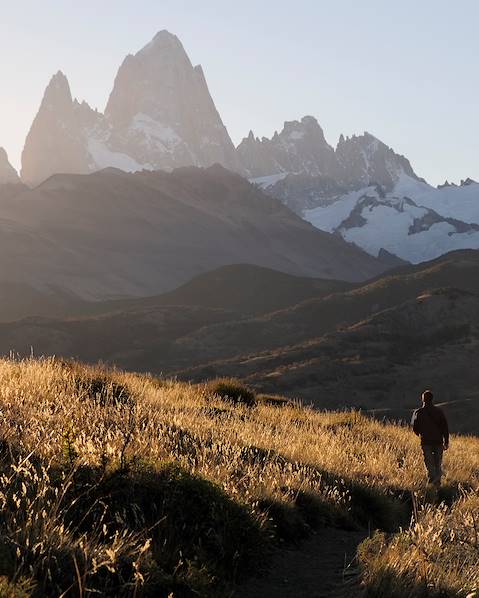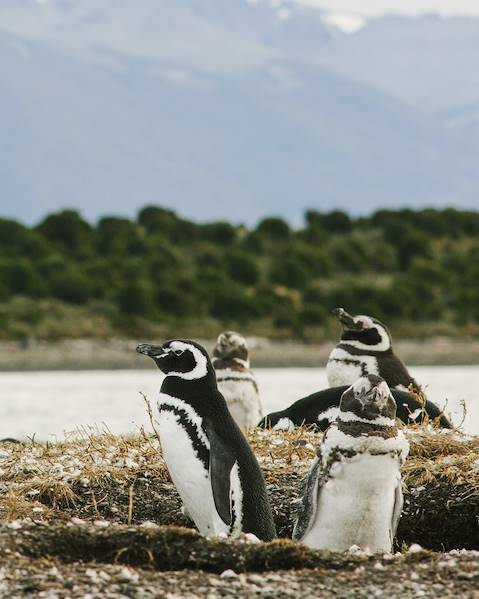Population
45,466,943 (2019)
Official language
Spanish.
Languages spoken
Spanish is the predominant language in Argentina, but many others are also spoken, including Italian, German, French and English. Many indigenous languages are also practiced, including Quechua, Mapuche, Guaraní, Toba and Tehuelche.
People
Unlike most of Latin America, Argentina has fewer native people and around 95% of Argentina’s population are of European descent.
Religion
Roman Catholic
National Holidays
25 May: anniversary of the 1810 Argentinian revolution for independence from Spain.
Holiday Schedule
January 1: New Year's Day. 24 and 26 Feb: Carnival. March 24: Day of Remembrance for Truth and Justice. April 2: Malvinas Day. April 10: Good Friday. 1 May: Labour Day. 25 May: Revolution Day. 20 June: Flag Day. July 9: Independence Day. August 17: Commemoration of the death of General San Martin. October 12: Day of Respect for Cultural Diversity. November 23: Day of National Sovereignty. December 8: Immaculate Conception Day. December 25: Christmas Day.
History
Led by Juan Diaz de Solis, the Spanish first arrived in 1516 and took control of the deserts of the north-west of the territory now known as Argentina and founded the garrisons of Salta, Jujuy, Cordoba and Tucuman. In 1580, Spanish conquistador Juan de Garay installed a permanent colony at the mouth of the River Plate and founded the ‘City of Trinidad’, which would soon become Buenos Aires, meaning 'fair winds'. During the 18th century, the renowned gauchos of the pampas emerged and multiplied. After Napoleon invaded Spain in 1808, Buenos Aires declared independence in 1810 and a war for independence began. Under the leadership of General San Martin, the 19th century saw Spanish partisans face the partisans of the provinces, both with weapons in hand. Formal independence from Spanish colonial rule was declared in July 1816.
The 1870s saw General Julio Roca begin a military campaign known as the ‘conquest of the desert’, intended to establish Argentine rule of the Patagonian Desert and the indigenous people were the cost of the expansion. In 1880, troops took over Buenos Aires and federalised the city, making it the capital city of the government and General Julio Roco was elected president.
Meanwhile, a new method of chilling gave the meat trade a boom, which profited estates with land. Between 1864 and 1914, nearly six million European immigrants come to lend a hand in the development of the Pampas and the beneficiaries of this boom, the Argentine oligarchy, made Buenos Aires a showcase of success.
In the 1920s the city was at once a cultural beacon and a battery of social tensions. The military seized power in 1943 and one of the leaders was Juan Perón, who would in 1946 be elected president of the republic. His wife, Eva, known as Evita, became an icon to Argetines, her work extended rights to the working class and to women and made education available to all. Her death in 1952, during Perón’s second presidency, dealt a massive blow to the country and to him, and in 1955 a military cous sent Perón into Spanish exile. Perón returned in 1973 before another military coup took control of the state in 1976. During such political turmoil, the country’s economic health deteriorated. A ‘Dirty War’ was waged against the left opposition and opponents of the government and human rights groups estimate some 30,000 people are missing or dead.
In 1982, Argentina president General Leopoldo Galtieri launches an invasion of the Falkland Islands in an attempt to restore Argentine sovereignty, but quickly surrenders to British forces. In 1983, Argentines elect civilian Raúl Alfonsín to the presidency.
Policy
Argentina is a presidential representative democratic republic, governed by its 1853 constitution. The president, elected by national vote, has their role for four years, is the head of state and government and the commander of the armed forces.
Famous Argentinians
- Jorge Luis Borges (1899-1986). An Argentine master right to his very fingertips, Borges was a pioneer in postmodern literature and his work offers an eloquent testimony of spiritual affinities that unite his country to Europe.
- Diego Maradona (born in 1960). Given the nickname ‘El Pibe d'Oro’ or ‘the golden boy’, Maradona was a prominent footballer in the 1980s and regarded as one of the greatest of all time. He starred in the Argentina team that won the 1986 World Cup.
- Ernesto ‘Che’ Guevara (1928-1967). A legendary world-renowned Argentine Marxist revolutionary whose face is often used as a symbol of rebellion.
- Eva ‘Evita’ Perón (1919-1952). The second wife of President Juan Perón, ‘Evita’ unofficially ran the Ministry of Labour and Health and was dedicated to raising standards for the poor and giving women the right to vote. An Argentinian icon.
- Carlos Gardel (1887 or 1890-1935). A singer, songwriter, composer and actor. Gardel was one of the most prominent figures in tango and a masterful musician.
- Astor Piazzolla (1921-1992). A tango composer and bandoneon player who reinvented traditional tango and became the world’s foremost tango composer. He created neuvo tango, which incorporates jazz and classical music.
Etiquette
Tipping is at your discretion and while it’s not mandatory, it’s expected if you’re satisfied with the service you receive. Argentines run to their own schedule, and apart from formal work arrangements, things generally don’t run like clockwork. Being late for a casual arrangement is not considered rude and actually shows a deeper understanding of the Argentinian mindset. Steer clear of sensitive political conversation or debate, including the Falklands, which can cause a passionate and strong reaction.
Shopping
Leave plenty of room in your suitcase during an Argentina holiday – leather, wool, Andean textiles, carvings, utensils, music and instruments – there’s no shortage of items competing for your attention as a memento of your trip and all are worthy of the return journey. Where possible, buy items as close to the place of production as possible, as they’ll be cheaper than in bigger cities and you can be sure of their authenticity.
Food
Argentines are big time meat lovers. Beef in particular is a mainstay of Argentinian cuisine and boy are they good at cooking it. The kitchen of the gauchos is one of the most renowned, where meat is cooked on a famous parrilla – an iron grill barbecue. Popular dishes include empanadas stuffed with beef, chicken and cheese, chorizo and morcilla sausages, steak and ribs – all are cooked low and slow until the meat is tender and served with a strong sauce like chimichurri, a lip-smacking mix of parsley, garlic, oil, oregano and red wine vinegar. A casserole is often served as a starter, a beef or chicken broth with potatoes, sweetcorn, pumpkin and all manner of vegetables.
Other dishes include the pastel de choclo: a dish with origins in Chile that’s a medley of beef, onions, olives and egg, covering a corn mash and browned in the oven. Humitas are steamed fresh corn cakes and granados porotos is a thick soup made with beans, pumpkin, corn, garlic and onion. Lomo a lo pobre is a simple but tasty meal – beef topped with two fried eggs. When it comes to sweet things, at the forefront of desserts is the dulce de leche, a national jam made by slowly heating sweetened milk. It’s used everywhere and has a similar taste and look to caramel.
Drink
Water is drinkable throughout Argentina, but almost everywhere bottled water is readily available. As the fourth biggest wine producer in the world, you’re definitely in the right place if you enjoy a glass or two of the good stuff. Wine here is fantastic and varieties include: sauvignon, merlot, malbec, cabernet and chardonnay. If beer is more your thing, Quilmes is the local brand most consumed, but Argentines gladly drink imported beers, such as Corona.
Mate, also known as chimarrão or cimarrón, is the national drink and is a caffeine-rich infused drink made from yerba mate ground into a powder and mixed with hot water. Many Chilean drinks are also hugely popular in neighbouring Argentina, including Chicha, fermented fruit juice; Pisco, a brandy made from grapes, taken plain or in a cocktail; and mote con huesillo, a non-alcoholic drink created with dried peaches cooked in sugar, water and cinnamon and mixed with fresh cooked husked wheat.
